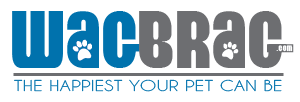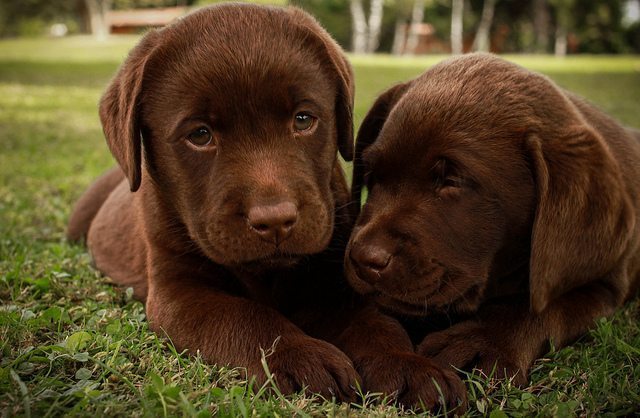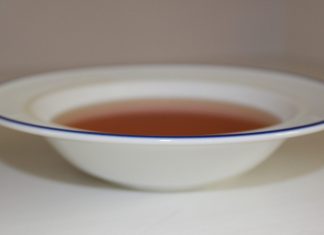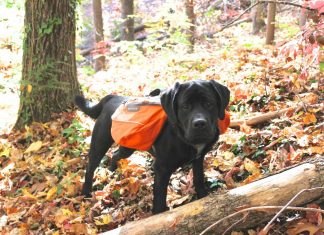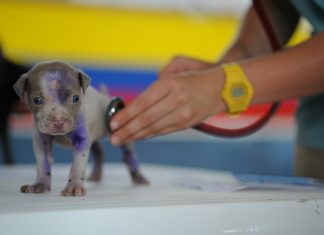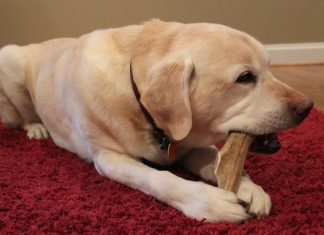When it comes to raising and training a puppy, how do you know what advice to follow? Wagbrag’s expert dog trainer & behaviorist, Susan Girodano, shares her knowledge on the following top 10 puppy training myths.
Myth # 1: When your puppy has an accident, put their nose in it and say “bad dog!”
Reality: Punishing your puppy by rubbing their nose it, by yelling at them, or any other form of extreme action by you is more likely to hinder your house-training efforts than to teach your puppy where to go to eliminate. The punishment often makes the puppy afraid to eliminate when you are near, so they may learn to sneak off into a corner or another room when they need to “go”.
Myth # 2: Playing tug with a puppy makes him aggressive.
Reality: Tug is a great game to teach your puppy and can be a great way to reward your dog throughout his life. There are four main rules you should teach your puppy about this game: 1) The human initiates the game; 2) If puppy grabs for the toy and “misses”, touching human skin instead, the game stops immediately; 3) Always tug horizontally, or left to right. Never tug up & down, that can hurt the dogs neck & back. 4) Puppy must be taught to “drop” when you ask, which is easily done by placing a treat right next to the dog’s nose and saying “drop”, or by dropping the toy, waiting for the puppy to drop it on his own, then clicking and treating as soon as he drops it.
Myth # 3: When your puppy is mouthing you, hold his mouth shut and say “no bite” or pop him on the nose.
Reality: This just causes the puppy to be frustrated, and possibly will cause your puppy to fear you. Instead, realize that puppies are teething and need to chew on something. Give them something appropriate to chew, such as a bully stick, a texas toothpick, or a lamb or cow ear. These chew items can be purchased at many pet stores.
Myth # 4: When your puppy walks ahead of you on leash, or if he grabs at the leash and tries to tug it away, he is trying to dominate you.
Reality: Your puppy is NOT trying to dominate you! He is a puppy! He has four legs and you have two, and sometimes they tend to walk ahead, sniffing all the things that are interesting to canines. Leashes are very unnatural for canines and we have to teach them that being on one is a good thing, because it predicts a walk. Be sure the leash is not too heavy for the puppy, sometimes the metal clip can be too large for a dog’s neck and can irritate him. Start slowly, using the appropriate sized leash and keep the sessions fun and very short!
Myth #5: You should never give your dog “people food”, it will make him beg.
Reality: Dogs learn contextually. If you feed your puppy table scraps from the table, he will beg. If you feed your puppy his kibble from the table, he will beg then too! While twinkies or junk foods are not good for your puppy, some of the foods we eat, such as lean meat, fruits and most vegetables may be healthier for your pet than many commercial dog foods and treats.
Myth #6: When you leave your puppy alone and he destroys something of value to you, it is because he is angry that you left him.
Reality: Puppies and dogs do not have the capacity to get angry because of a past event; they live completely in the present (a trait I often wish I could learn from our canine companions). So, if you allow your puppy free -range of an area before he has learned what is ok and what is not ok to chew, and if he happens to get bored or just happens to see something that looks chewable or smells like you, he will probably chew it! Better to re-think the area of containment you have set up for your puppy during your absences, and be sure there are plenty of appropriate chew items (and none of your valuable items) for him to find and enjoy.
Myth #7: When you come home to find an item of value destroyed, and you scold your puppy for it, the guilty look on his face tells you that he knew better; he knew that he was being “naughty”.
Reality: As we mentioned in Myth #6, puppies live in the moment. If a chewable item is available, puppy is likely to chew it. The “guilty” look you see is your smart puppy responding to the look on your face. They know when you are happy and probably have learned when you are not.
Myth #8: Spaying and neutering your puppy will make them lazy and fat.
Reality: Not enough exercise and/or too much food makes your dog lazy and fat. Spaying and neutering simply makes them unable to reproduce.
Myth #9: When a puppy is wagging his tail it means he is happy.
Reality: A wagging tail may indeed mean your puppy is happy, or it could mean he is stimulated, but he could still be afraid. There are many parts of a canine’s body that will indicate their state of mind. Simply wagging their tail is not enough information to determine how he feels.
Myth #10: If your puppy growls at you or anyone else, you should scold him and tell him “NO”.
Reality: Continually punishing or otherwise discouraging your puppy from growling could end up having dire circumstances for someone – AND for your puppy. Puppies growl because they are uncomfortable with a situation. It is the only way they can communicate to us how they feel. If you squelch the growl, eventually the puppy may skip that step and move on the the next logical step; a bite. When your puppy growls, pay attention to what is causing the growl. Remove your puppy from the stimulus that caused him to growl and contact a professional to get to the root of the problem.
Photo: Courtesy of Elisa via Flickr (CC BY-ND 2.0)
